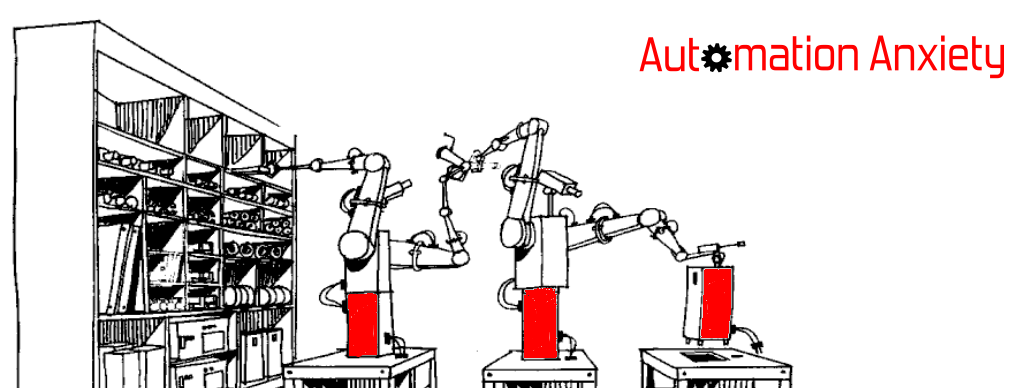To recognise an object of interest from the features in a data environment, to call it to attention, and to decide, is a critical problem for neural net algorithms in production line robots, surgical robotics, and military autonomous weapons systems. The ‘Dex-net’ algorithm I address in this paper is trained on an archive of point cloud data on objects. The neural net must learn to recognise the object’s form and to optimize the robot’s reach and grasp. As the computer scientists working on Dex-net explain, “the goal of cloud robotics” is to “pre-compute” so that “at least one grasp is achievable in the presence of clutter and occlusions”. This is an algorithmic problem centred on how machines become attentive to the world, how machine learning algorithms learn. It is a problem that extends from attentiveness to the shape of a human organ amid ‘noisy data’ in robotic surgery, to the recognition of a civilian body in the screened occluded data of a UAV. The condition of possibility of the action is an unrecoverable archive of cloud data, filtered via the infinitely malleable value system of posthuman probabilities, thresholds and bias.
Louise Amoore is Professor of Political Geography at Durham University, UK. She researches and teaches on data and geopolitics, security and pre-emption, and the geographies of algorithm. She currently holds a Leverhulme Major Research Fellowship for research on ‘Ethics of Algorithm’, during which time she is writing a book, Cloud Ethics. Among her books and articles are her Politics of Possibility (2013, Duke University Press), and recent essays in Economy and Society (Life Beyond Big Data, 2015), Security Dialogue (Securing with Algorithms, 2017), and Progress in Human Geography (Cloud Geographies, 2016).

